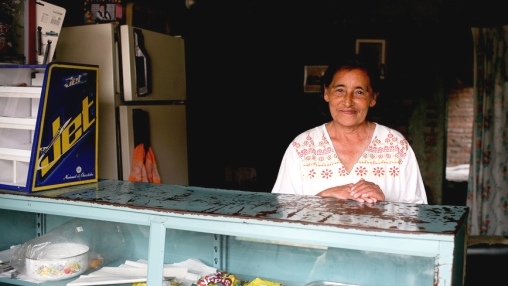The sight of women heading to work every morning through the streets of Latin America is nothing new. In fact, female participation within the labor market has increased, particularly in the last ten years. This development has brought about significant social changes in the region and improved economic conditions.
So much so, in fact, that had there not been more women in the workforce, extreme poverty in the region in 2010 would have been 30% higher. Something very similar can be said about the region’s recent inroads against persistent inequality.
According to a new World Bank report, The Effect of Women’s Economic Power in Latin America and the Caribbean, launched today at the Inter-American Dialogue in Washington, more low-income women entered the work force than high-income, a crucial insight in the poverty reduction of the region.
Help in coping with economic shocks
During the 2009 crisis in particular, the fact that women participated in the labor market helped the region cope with economic shocks. Households relying only on male income were more vulnerable than those where both man and woman were working.
"Many men lost their employment during the crisis, and they were more reliant on female labor income to drive poverty reduction," said Louise Cord, World Bank Sector Manager of the Poverty Reduction and Gender Group.
But single, working mothers are really the ones facing the highest risk of poverty. Indeed, those urban families where only the woman is working are a third more likely to be extremely poor than where the man is the sole breadwinner.
The increase in female participation within the labor market seems to respond to higher enrollment rates and a closing gender gap in education in Latin America and the Caribbean.
Today, in fact, the gap has been reversed in many countries in Latin America, with more women than men getting an education.

